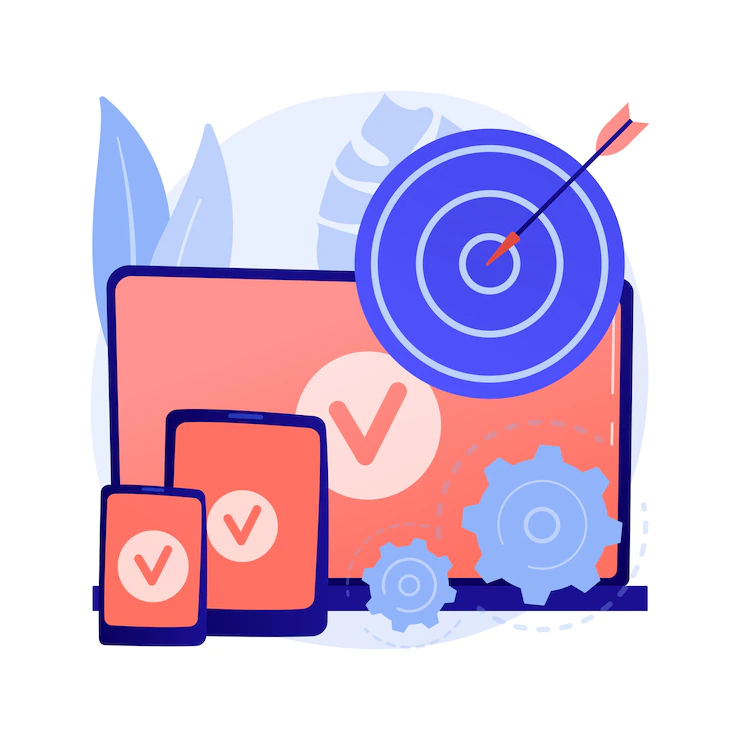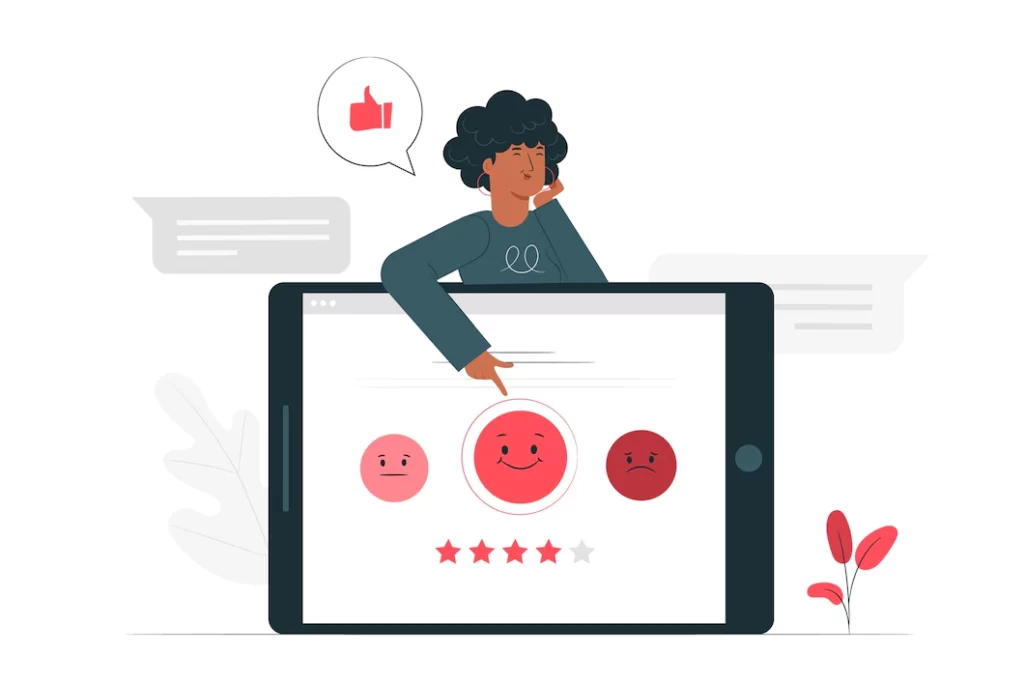
The more time a potential customer spends on your business website, the more likely they are to contact you, visit your local business, or purchase your products or services. But what requirements does a website have to meet in order for visitors to stay on it for a longer period of time? And how do you get website visitors to take a closer look at the content and not just scan the headings and then quickly click away again?
As in everyday life, the first impression is crucial for websites. Most of the time, the visitor makes his judgment about the site in just a few seconds. This first impression WILL preferably not be made consciously, but is created due to the look of the website. Because within this brief perception, concrete aspects cannot be consciously perceived. The aim must also be to first persuade the visitor to stay with the visuals, and then to convince them in one step with the content. Anyone who can do this has taken a big step towards acquiring new customers. In our article we have put together the most important information and tips on the subject of length of stay for you.
What is dwell time and what does it mean?
Dwell time is the time a visitor spends on your website. Analysis tools such as Google Analytics provide information on this.
If visitors look around your website for a long time, this can have various positive effects for your website and your company. On the one hand, as already mentioned, the likelihood that the website visitor will become a potential customer increases the longer he looks around and obtains information from your site.
A longer stay is not only of great importance for customer acquisition, but also for the findability of your company website in the search engines. To create the ranking, Google analyzes how long visitors stay on your site. If a high length of stay is determined, this allows conclusions to be drawn about the quality of the page. If the information and content provided is interesting, the visitor will be happy to look around the site. A long stay of the website visitors then sends valuable signals to Google and is rewarded with a better ranking.
How does Google rate the length of stay on websites?
Let’s say you are looking for a handyman in your town. In the Google search, select a result. But the design of the website and the content do not appeal to you at all at first glance. You therefore leave the page very quickly and return to the search results. In this case, the short stay on the page is viewed negatively by Google, since your search intention could obviously not be fulfilled. If many visitors react in a similar way to you, the page will rank lower over time.
After the first search result was not convincing, now select the next page in the list. You will feel at home on this website straight away. The company gives a professional impression and you will even find a subpage that deals specifically with your request. After looking at the references, you decide to contact the company. In this case, Google will not only register the longer length of stay, but also that you clicked on various subpages and used the opportunity to contact us. If other visitors also interact with the website in this way, this will result in the ranking increasing over time.
What is a good dwell value?
If a visitor spends less than 20 seconds on a website, then this is not enough to scan the contents of an average page or absorb relevant information. Depending on the purpose and objective of the page, a dwell time of 40 seconds or more can be considered acceptable. It is ideal if visitors stay on your site for two minutes or more. This period of time enables a more intensive occupation with the content of your website.
With these values, however, you should consider that the length of stay also depends heavily on the purpose of the individual subpages. For example, the time spent on the contact page should tend to be shorter. Very long dwell times here indicate contact data that is difficult to find or, for example, forms that take a long time to fill out. Both aspects that negatively affect the user experience and are not welcomed by Google. This contrasts with articles published on your company blog, for example. The longer you stay here, the better. Then the readers not only scan the content, but also take the time to read consciously.
With these 5 tips you can keep visitors on your website longer
1. Short loading times:

In order for visitors to be able to get to your site, a short loading time plays a major role. Because the first impatient users jump off as soon as the page loads. Google is also happy about websites with short loading times and rewards them with a better ranking.
2. Meet Expectations:
Once the website has opened, it is important that the visitor’s expectations of the site are met. For this, the page titles and descriptions that appear in Google’s search results must deliver what they promise. If the visitor does not find what he is looking for, he will leave your website in a hurry.
3. Visitors must feel comfortable:
It is important that visitors feel comfortable on your site and find their way around intuitively. In addition to an appealing design, easy-to-understand navigation contributes to this. In addition, elements should ideally be found where you expect them to be. For example, the company logo that links to the homepage is usually placed in the top left or in the middle. Usually created by a logo software it can help you create a visually appealing and recognizable design. A customer login or the shopping cart of an online shop, on the other hand, can usually be found at the top right. If you manage to make visitors feel comfortable right away, then they will certainly spend some time on your site.

4. Compelling homepage:
The most important page of your website is the home page. Almost every visitor gets here first. The right mix of expressive images, appealing headings and informative texts, which are packaged in a coherent design, is important for the start page. If the visitor is greeted by an unprofessional or outdated design, he will unconsciously transfer this perception to your company. That’s why it’s particularly important to make an excellent first impression on the start page.
To arouse the interest of visitors, you should include photos and ideally a company video on the home page. In this way, potential customers not only get an insight into your company, but also build an emotional bond. Our tip: nothing beats a video if you want to increase retention time. Of course, this only works if the quality of your company video is right!
5. Pleasant reading comfort:
The font size and font plays an essential role in the readability of the content. If the writing is too small or too squiggly, reading is difficult. The font color also plays an important role. It should stand out clearly from the background in order to be easy to read on the screen. Of course, the font selection also plays an important role in the design, but legibility should always be the priority here. Make sure that the texts on your website are legible on all end devices.
Conclusion
The longer you can keep potential customers on your website, the greater the chance of gaining their interest and trust. The length of stay is also an important factor for the positioning of your website in the organic search results. As you can see, it pays to inspire visitors with your website!
Do you want to create your custom website from scratch and add a bit of personalization to it?
Try Kubiobuilder – this awesome plugin gives you the chance to edit, customize and create custom websites very easy without any code. It is built on Gutenberg so is very easy to use and you can edit any section of your website. Give it a try
